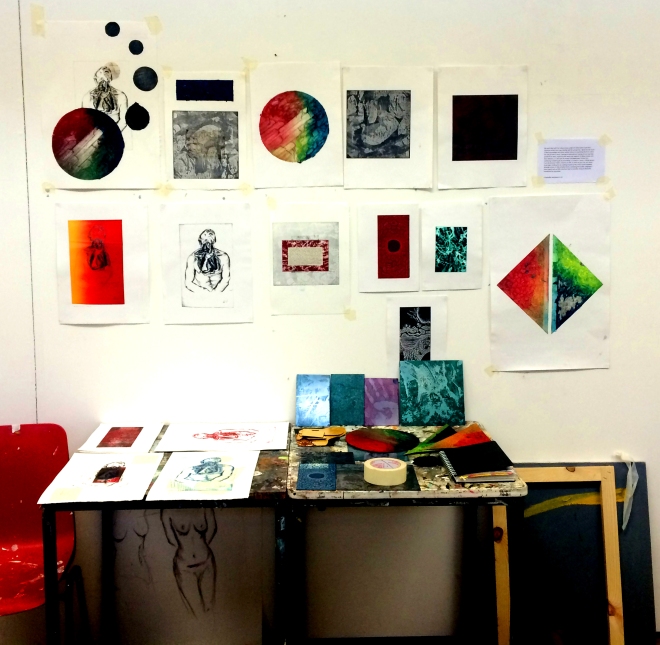
Month: December 2015
Print Experimentation
I have begun creating different types of plates, trying to get out of the habit of staying within the confines of the plate, and experimenting with adding text. To create, in a sense, a whole person. From the body, to the cells which make up our brains, to our conscious and subconscious mind.

I have now developed my plates further, combining my collagraphs, representations of the feelings we cant control, from depression to anxiety, with my anatomy drypoint, showing humans in their simplest forms without the multitude of feeling and emotions felt on a daily basis. I have also added text, taken from a book on mental illness to further portray my point.
Anxitey

His work is comprised of dramatic mark marking, depicting the feelings brought on by such illnesses as anxiety, and more detailed paintings of a surreal theme, linking in the idea of tapping into the subconscious.
Surrealism and Freudian Theory
The surrealist’s aim was to unlock the unconscious mind, this often included the use of drugs and alcohol to access a “superior reality”. Surrealist theory was based on the work of Sigmund Freud, Freud argued that a concious mind exists to give us an awareness of our senses, and reflect on our sensory experience, and that the unconscious mind holds the key to what we truly feel. It is this theory that has led the path for a multitude of artists, including Henri Michaux.
Henri Michaux, a Belgian-born poet, writer, and painter. Similar to Aldous Huxley, Michaux experimented with mescaline, exploring the affects of chemical changes in the brain brought on through substances. Michaux was commissioned by the Swiss pharmaceutical company Sandoz, to produced short films to demonstrate the effects of this hallucinogenic drug.
The intense audio, and dark imagery seems to be going on a journey, taking us further and further into Michaux’s mind These films give us an eerie insight into Michaux mental state, and raise the quest of, are we seeing glimpses into Michaux’s subconscious, or just random hallucination created by mescaline?
Michaux also practised automatic drawing and writing, believing that once you remove grammatical conventions, the hand is able to express deeper thought patterns. Michaux also believed that words slowed the thought process, that we search our minds for words to communicate very individual feelings, thus creating boundaries for our expression.
I find these automatic drawing also have a resemblance to the outsider art I have been researching. Almost frantic mark making, a rushed process to portray their emotions at that exact moment.
The Doors of Perception
“There is an inside to experience as well as an outside” – Aldous Huxley
Aldous Huxley, was an English writer, novelist, and philosopher, in the early 20th century he experimented with a drug called mescaline, which is is a naturally occurring psychedelic alkaloid, extracted from cacti, and processes effects similar to those of LSD.
He believed using this drug who help him to surpass the conscious and enter the subconscious, and be able to experience senses unattainable in a conscious state.
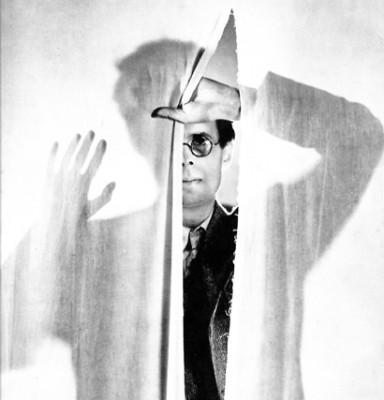
This is similar to the aims of Susan Hiller, who is an American-born artist who lives in London. Her art practice includes installation, video, photography, performance and automatic writing. Hiller has a major interest in the unconscious mind, from dreams and memories, to supernatural or visionary experiences. Though Hiller explores these subjects through unseen realms of human experience, unseen realms of experience, and not psychedelics.

Hiller calls her work “a kind of archaeological investigation, uncovering something to make a different kind of sense of it” and “concentrating on what is unspoken, unacknowledged, unexplained and overlooked.” Have been interested in the deeper meanings in art, looking at how it is being used to better understand the human condition. Giving us a tool to express that, that may not be linguistically describable.

Hiller explores the subconscious in an array of different methods, including automatic writing. In these writings, Hiller expresses a stream of words, said to be issues pushed out of the conscious mind. And often reinforcing the idea of the unconscious as a source of knowledge or truth.
Here are some of my own automatic drawings, my first attempt was quite controlled, I was very aware that I was trying not to be aware. This produced a somewhat neat drawing, everything kept within it’s boundaries. The more I did the less, I thought, which I think it clearly depicted in the mark making.
Etching Plates, experimentation with ink resists
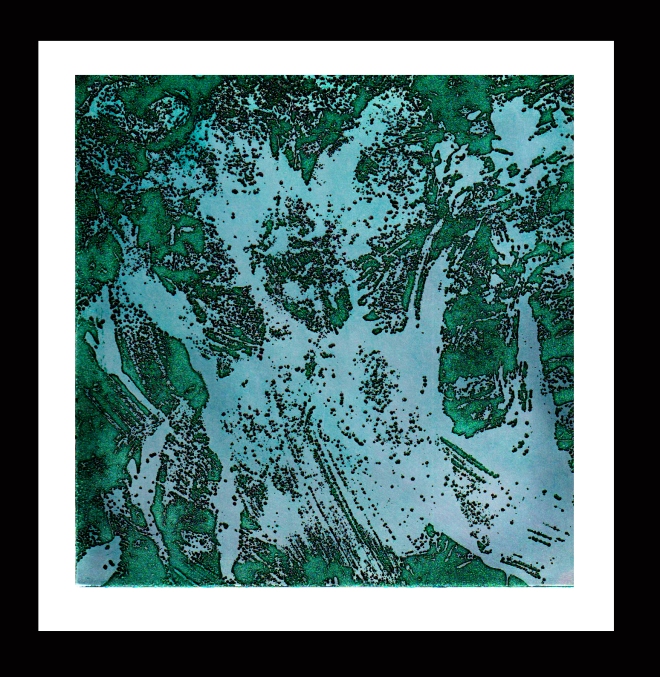
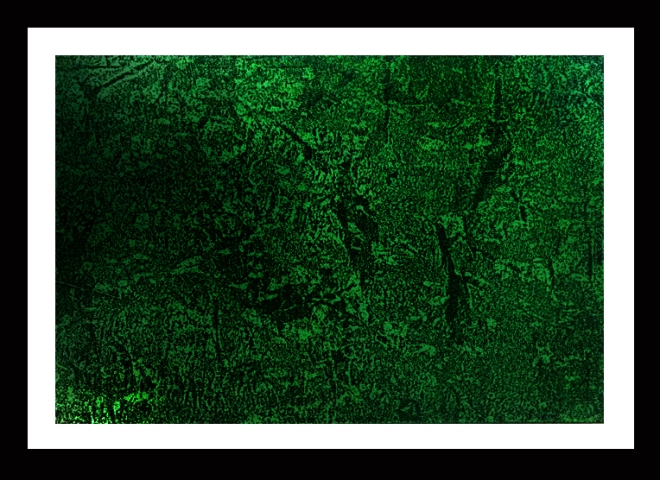
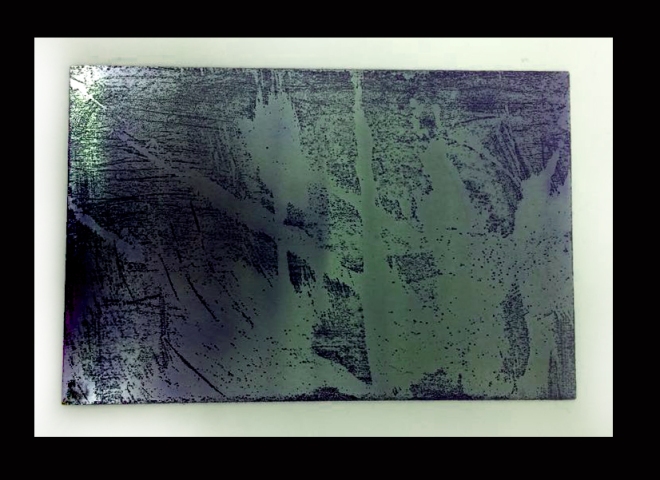
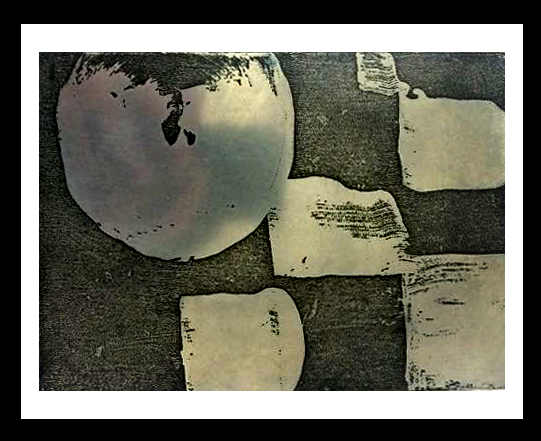
Etching using Ink as a Resist
I wanted to experiment with different resists, so I decided to use ink. I rolled out some ink, laid over some tissue paper and mono-printed. I used this print, to transfer ink on to my prepared aluminium plate. My intention was to create a ink pattern out of automatic response, and let go of my confined way of printmaking.

The finished plate, to create this level of bite, I left the plate in the acid bath for 45 minutes.

Final Print. I was pleased with my final outcome, the seemingly random patterns reminded me of imagery found in Michaux’s short films on the subsconcious.
Collagraph
Taking inspiration from the outsider artists I have been studying, I have began creating collagraphs without planning and thought, like my previous plate. Instead, using masking tape on card, I let my hands do the work and tried not to think too heavily on what I was doing.

Continuing my experimentation into collagraphs, I have created two triangular plates, using masking tape and string. I made one using controlled placements, and the other with less pre thought, to create a contrast of emotion. I will next experiment more with colour, to create an more obvious contrast between the plates. I’ve used reds on one plate and blue and yellow tones on the other to create a contrast of mood, inspired by my recent research into anxiety, the reds to express the anger and frustration of not being in control and the blues to represent the low emotions created by the chemicals in our brains.


This form of creating led me to wonder, is this art? Are these shapes and colours representative of what i’m feeling, or are they completely random?
Street Sketches
Experimental Editing
I wanted to combine my prints in multiple different ways, my first attempt is through photoshop. I have overlayed and experimented with size, shape, colour and composition.


I am pleased with the outcomes, and feel they portray inner emotions, but would prefer to continue through experimentation in the printroom.


























